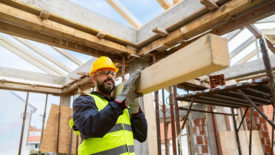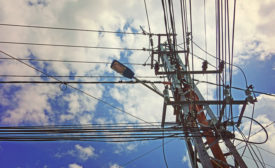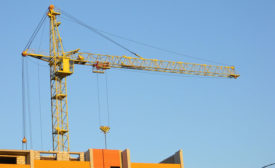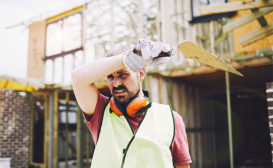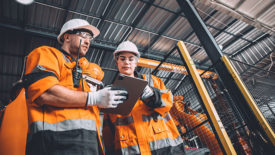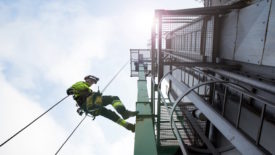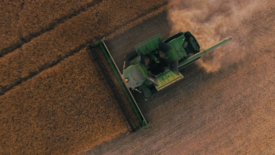Construction Industry Safety and Health
Updates on fall protection, PPE, regulations and best practices for construction safety.
ARTICLES
Construction safety goes high-tech
These innovations are enhancing safety in the construction industry
March 20, 2024
PAGES
Get our new eMagazine delivered to your inbox every month.
Stay in the know on the latest safety trends.
SUBSCRIBE TODAYCopyright ©2024. All Rights Reserved BNP Media.
Design, CMS, Hosting & Web Development :: ePublishing
